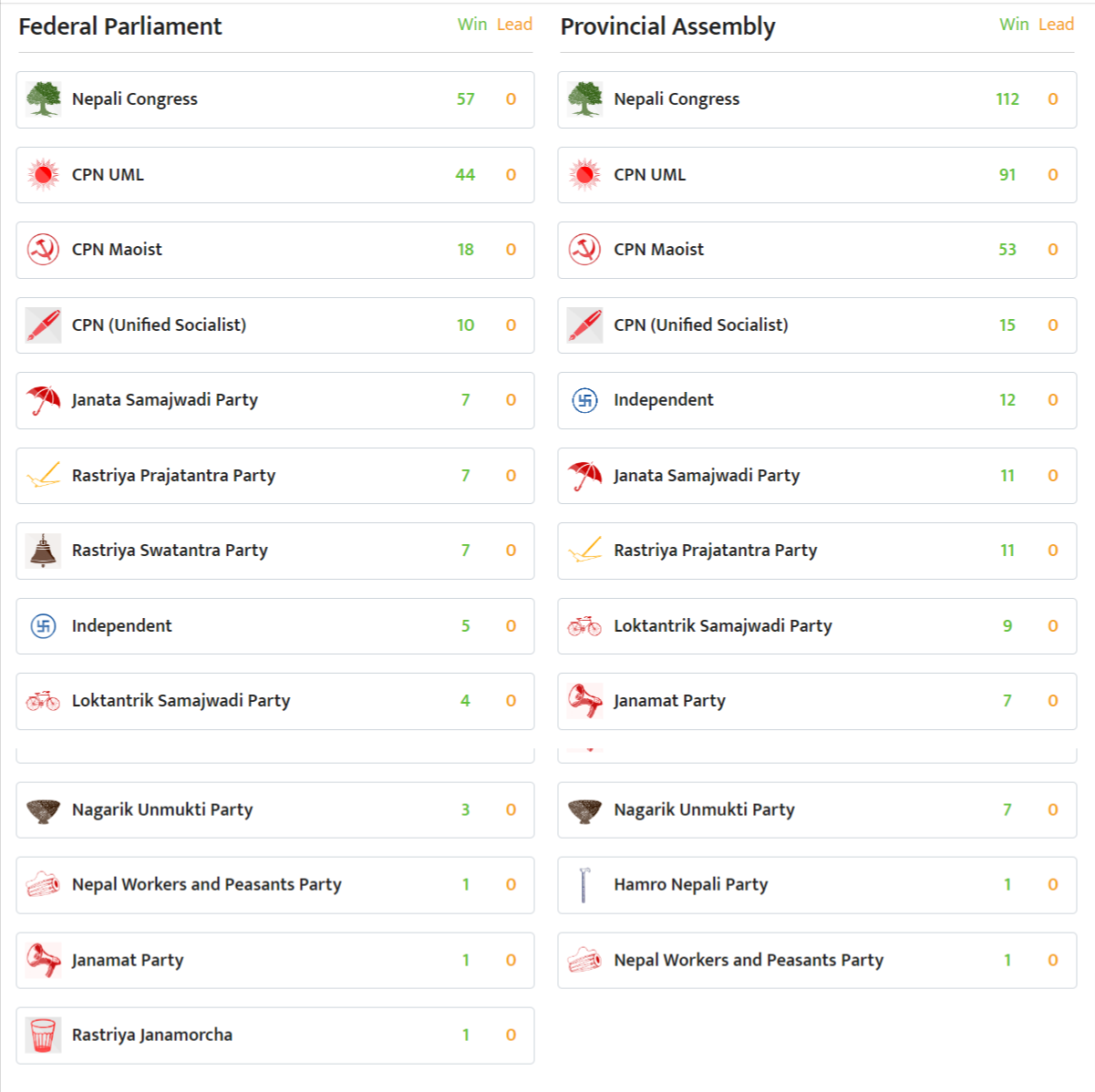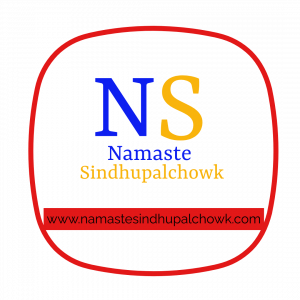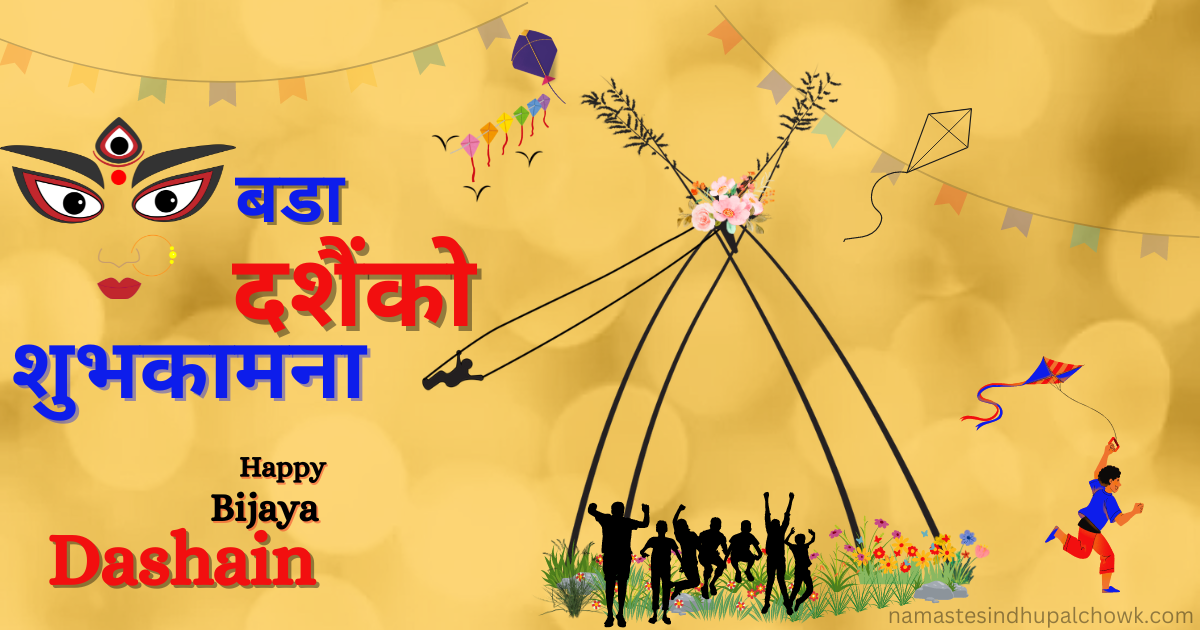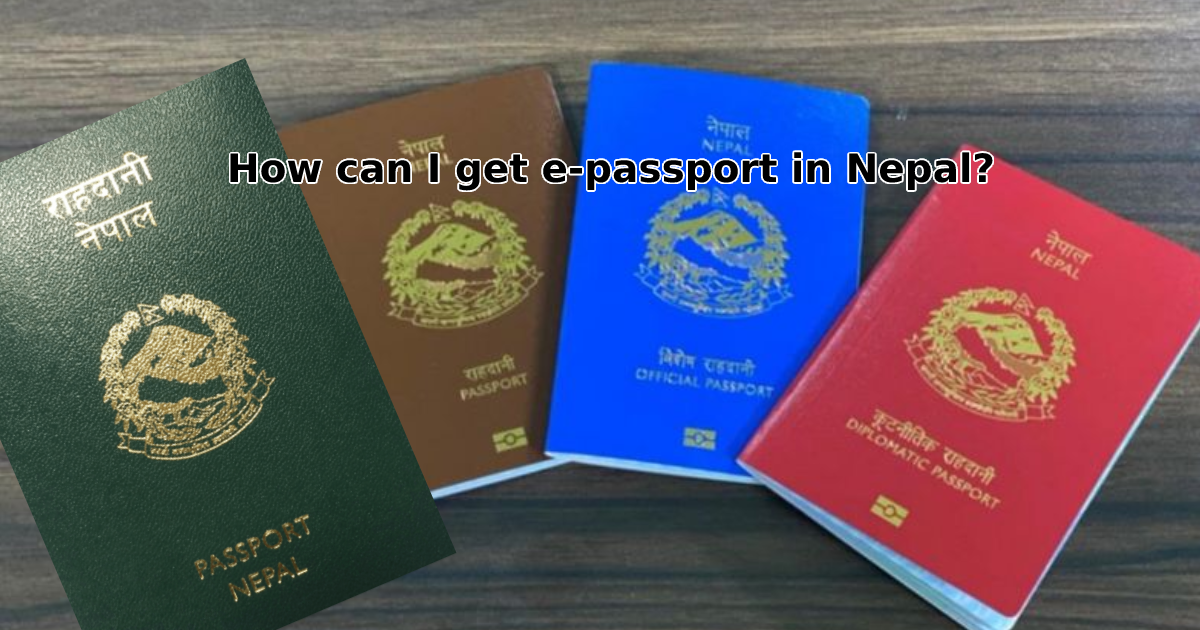In Nepal, federal parliament and provincial parliament elections were held on November 20, 2020, in one phase across the country. In the election of these two assemblies, representatives are elected through two electoral systems i.e. Direct and proportional election system. This election is conducted, managed, controlled and calculated by the Election Commission Nepal (Constitutional body of Nepal). Whose responsibility and authority is to hold various elections at different levels in Nepal.
A total of 17988570 voters from all over Nepal were able to vote in the federal parliament and state assembly elections in 2020. This included 8847579 women, 9140806 men, and 185 others. In this election, Nepali citizens who have completed 18 years of age by November 19, 2022, were included in the voter list by the Election Commission.
Federal Parliament Election 2079 (2022)
In the federal parliament, representatives are elected one by one from 165 constituencies across Nepal through the direct election system. And the remaining 110 members are elected by the proportional election system. This federal parliament has a total of 275 members directly and proportionally. Among these members, the leader of the parliamentary party with the majority will be the Prime Minister of the country. All the big and small parties participated in this election.
Many influential leaders of major parties were defeated in this federal parliament election. Many new faces were elected to parliament.
Result of first-past-the-post voting (direct election system):
- Nepali Congress – 57 seats won
- CPN UML - 44
- CPN Maoist - 18
- CPN United Socialist Party - 10
- Janata Samajwadi Party - 7
- Rastriya Prajatantra Party - 7
- Rastriya Swatantra Party - 7
- Independent -5
- Loktantrik Samajwadi Party – 4
- Nagarik Unmukti Party – 3
- Nepal Workers and Peasants Party – 1
- Janamat Party – 1
- Rastriya Jamamorcha – 1
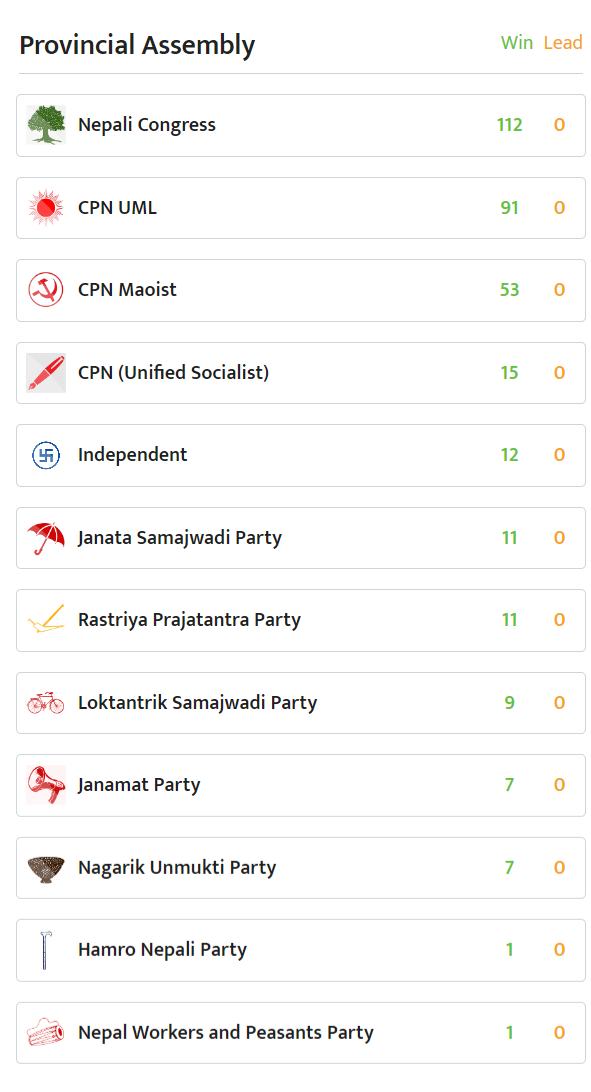
Provincial Assembly Election 2079 (2022)
With the implementation of federalism, Nepal was politically and administratively divided into 7 provinces. The main objective of the province is to decentralize various administrative and political powers. A total of 550 members are in the provincial assemblies in 7 provinces across Nepal. Among them, 330 members are directly elected and 220 members are elected through the proportional election system. In all provincial assemblies or parliaments, the leader of the parliamentary party with the majority is the chief minister.
Result of (first-past-the-post voting) Direct election system (Overall Nepal)
- Nepali Congress - 111
- CPN UML- 91
- CPN Maoist- 53
- CPN United Socialist Party – 15
- Independent – 12
- Rastriya Prajatantra Party – 11
- Janata Samajwadi Party – 10
- Loktantrik Samajwadi Party – 9
- Janamat Party – 7
- Nagarik Unmukti Party – 5
- Hamro Nepali Party – 1
- Nepal Workers and Peasants Party – 1
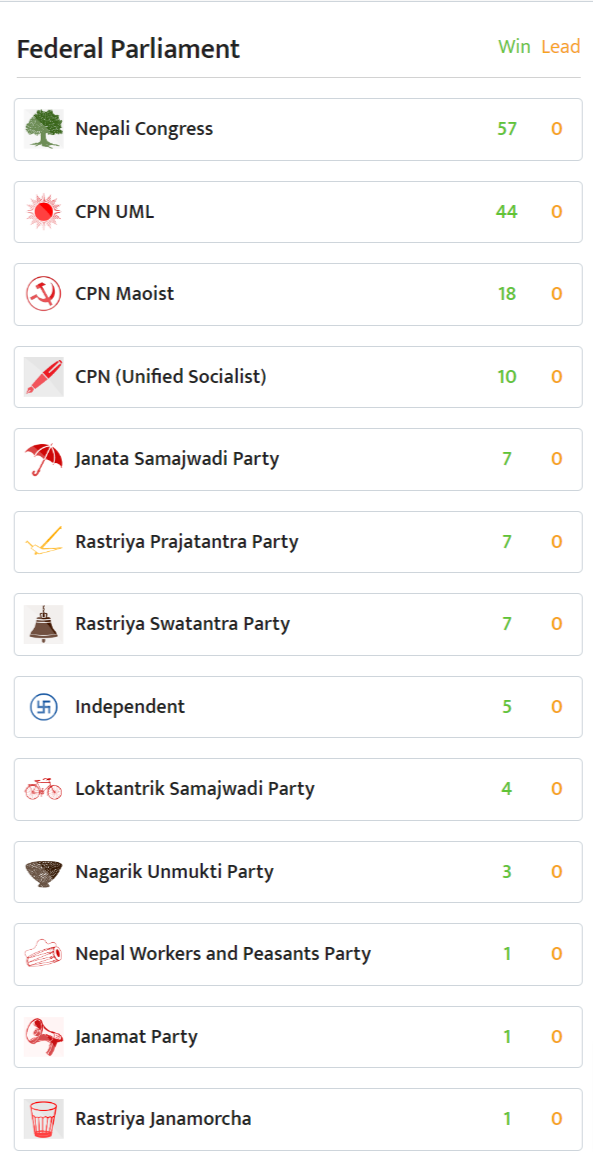
(Note: The above election result does not include the result of the proportional side.)
What has come from this election is that the Nepali people are looking for a new, young and capable leader. Old leaders of major parties have also lost this election. And the new leadership has entered the parliament.
